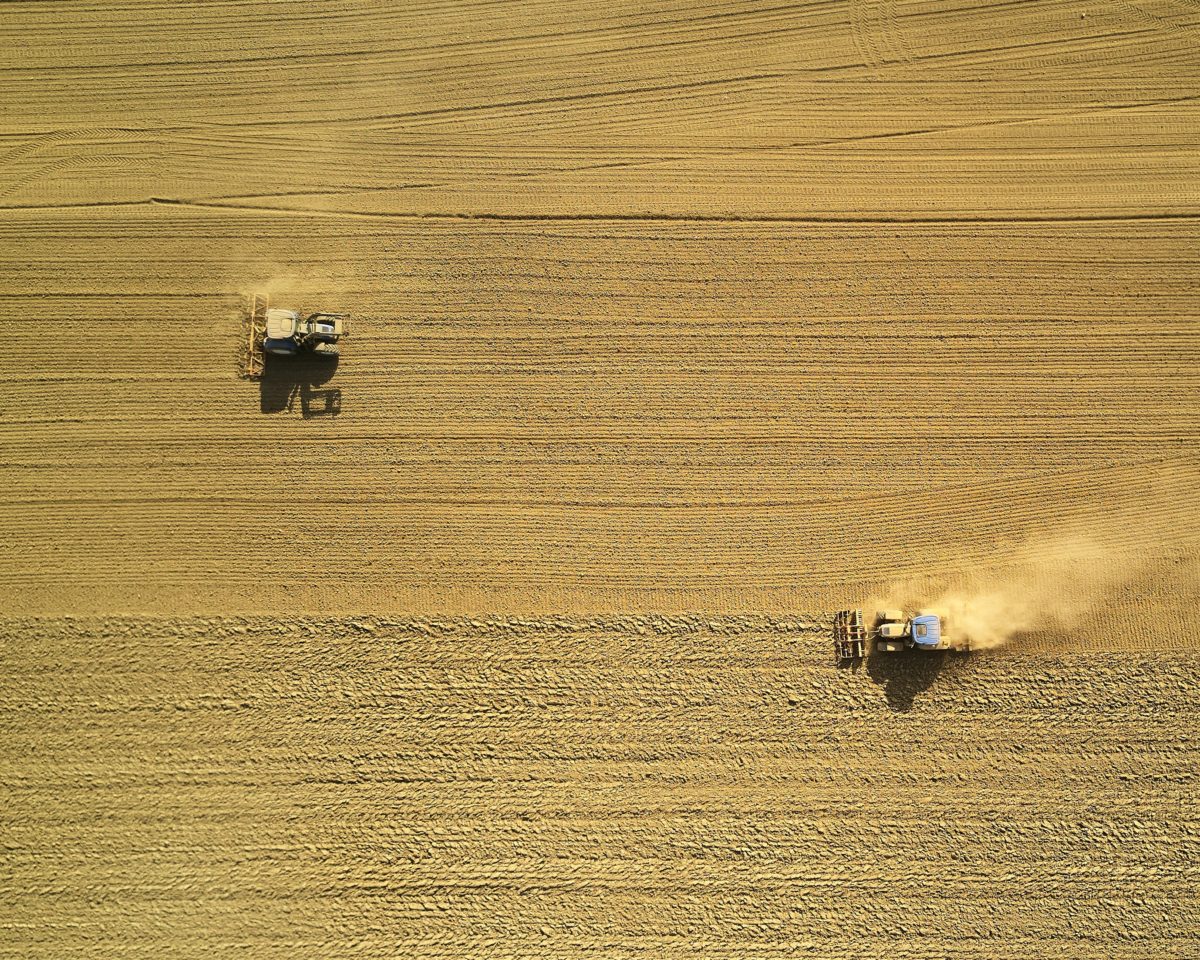Linear actuators perform several tasks to increase productivity such as sowing seeds and harvesting crops.
Agriculture uses technology for higher productivity. For example, several machines help farmers to sow seeds. They also help to harvest crops. These machines are becoming more precise. Linear actuators can perform several of these tasks. They can do it with the necessary accuracy.
These devices must be resistant to hostile conditions. Actuators in agriculture often work in rough weather. They often suffer physical abuse. They must resist exposure to different chemicals also. Thus, a linear actuator for agriculture must be a tough device. They must have heavy-duty structures for greatest protection. Some of their uses in agriculture include:
- Control of position of nozzles in sprayers;
- Control of spreaders for better distribution of fertilizer. For this task, electric actuators are more suitable. Likewise, this type of actuator distributes pesticides with higher accuracy;
- Control of different parts of combine harvesters. For example, actuators operate the movements of the grain tank. For these tasks, actuators must be very resilient. Harvesting takes places in hard conditions;
- Control of different movements in tractors. Electric actuators adjust the steering wheel, rearview mirrors, rooftop, etc.;
- Accurate positioning in seed drills. Modern agriculture also requires the sowing of seeds with high accuracy. Accurate actuators adjust the dose of seeds for optimal distribution. This makes more efficient use of resources.
Other agricultural applications are not listed above. But these examples show the importance of actuators in agriculture. Electric actuators are also important to manufacture agricultural machines. In the production lines, these devices help to automate assembly processes. This ensures the supply of machinery to farmers.
Technical Characteristics of Actuators for Agriculture
Agricultural machinery needs linear actuators with particular technical characteristics. Sometimes, these requirements are in opposition. For example, some applications need precise movements. But the actuator must be able to work under tough conditions. Electric actuators can meet all these demands.
Electric actuators do not need hoses and pumps. This is an advantage over hydraulic cylinders. Moreover, they do not contain oil. Hence, there is no risk of oil dripping out of the device. Electric actuators are more efficient in general. And they can work for many years without maintenance.
Electric actuators are easy to integrate into agricultural machines. This is possible thanks to their compactness and robustness. They have a few cables to connect them to the power supply and control system. They consume very little power when they are in standby. Moreover, thanks to their fine movements, they make efficient use of other resources (seeds, fertilizers, insecticides, etc.).
Electric Actuators Will Dominate the Agricultural Industry
Automation will play an important role in future agriculture. The trend to use electric actuators will continue for several years. They are very flexible. Designers can create electric actuators in different sizes. Customizing them for a specific application is not difficult.
Moreover, electric actuators can deliver the necessary force for hard tasks. And they allow for fine control of their movements. Hence, electric actuators will dominate the agricultural industry. Also, they will operate in assembly lines of agricultural machinery.
The post Indispensability of Linear Actuators in Agriculture appeared first on Industry Today.
,Linear actuators perform several tasks to increase productivity such as sowing seeds and harvesting crops. Agriculture uses technology for higher productivity. For example, several machines help farmers to sow seeds. They also help to harvest crops. These machines are becoming more precise. Linear actuators can perform several of these tasks. They can do it with
The post Indispensability of Linear Actuators in Agriculture appeared first on Industry Today.,Agriculture, Post





